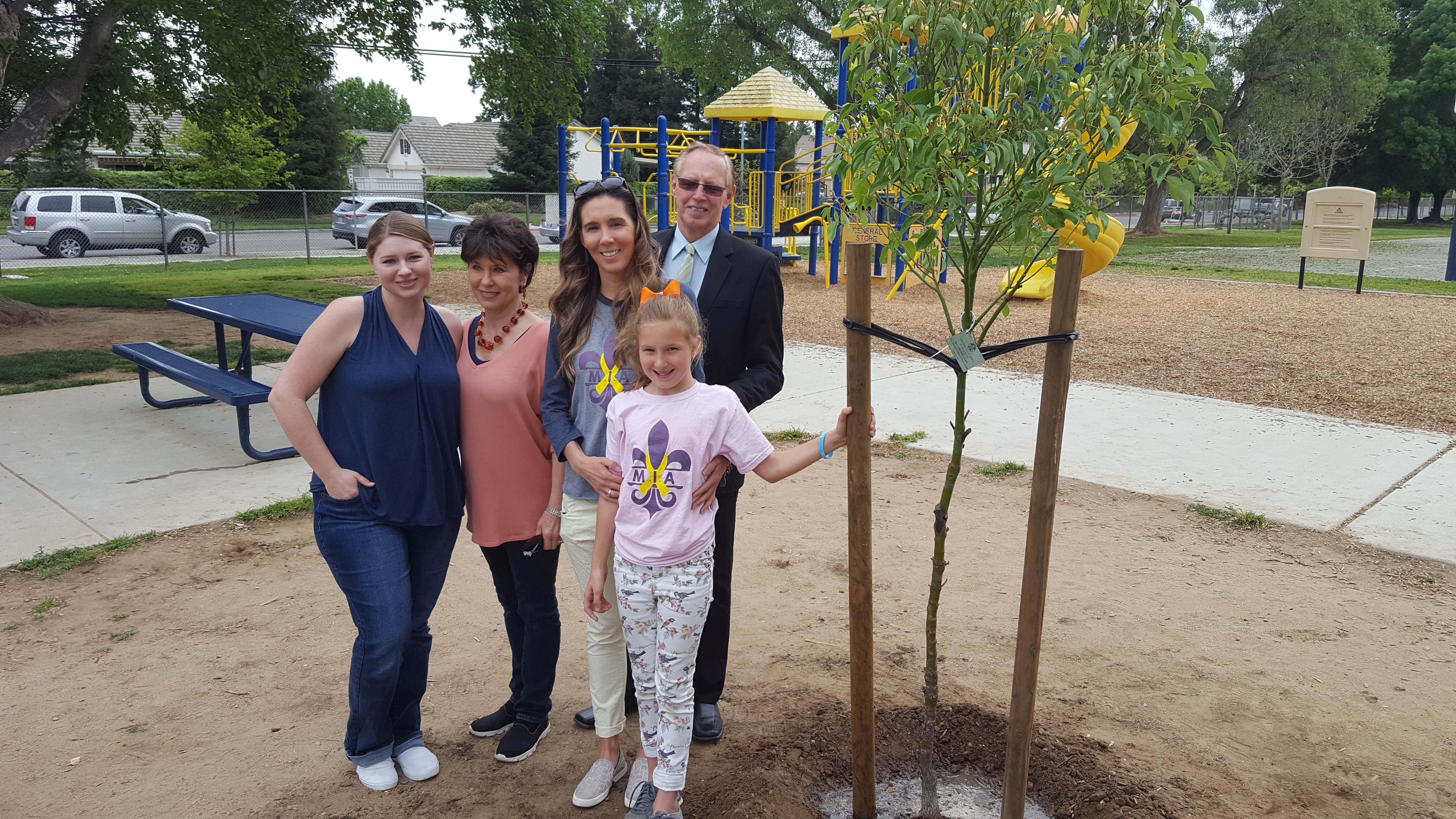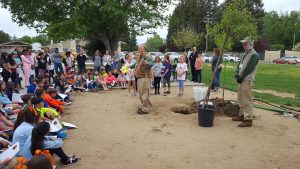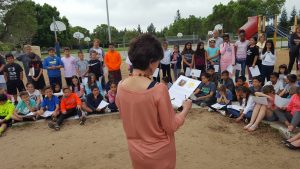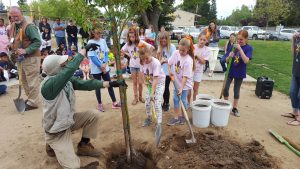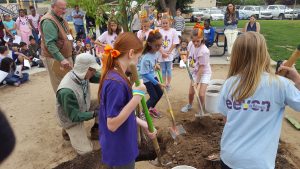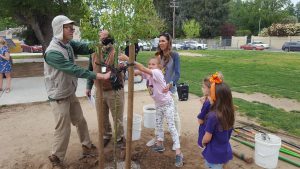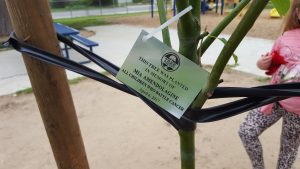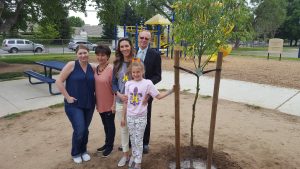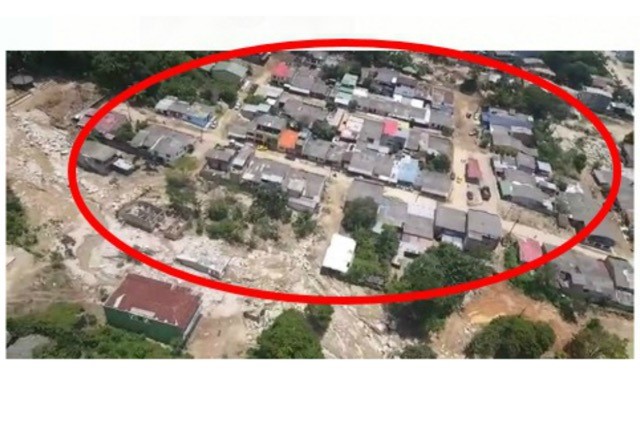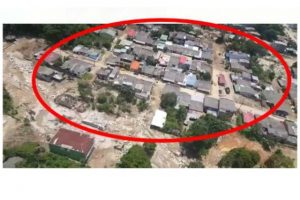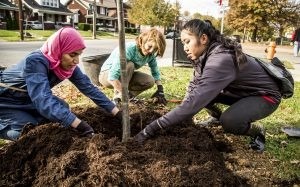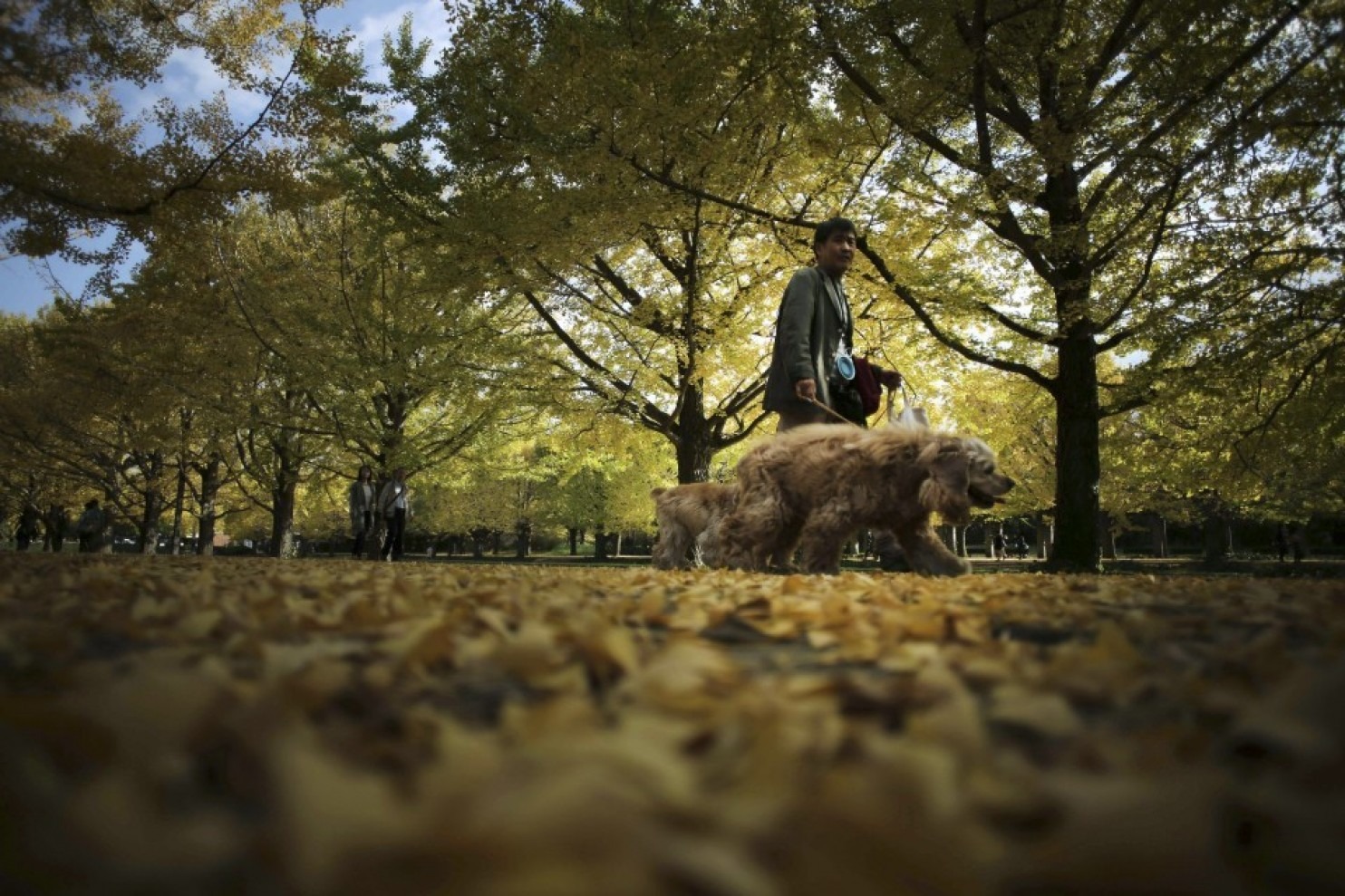
Shared from LA Times: Click the Link below to see the whole article.
The trees that shade, cool and feed people from Ventura County to the Mexican border are dying so fast that within a few years it’s possible the region will look, feel, sound and smell much less pleasant than it does now.
“We’re witnessing a transition to a post-oasis landscape in Southern California,” says Greg McPherson, a supervisory research forester with the U.S. Forest Service who has been studying what he and others call an unprecedented die-off of the trees greening Southern California’s parks, campuses and yards.
Botanists in recent years have documented insect and disease infestations as they’ve hop-scotched about the region, devastating Griffith Park’s sycamores and destroying over 100,000 willows in San Diego County’s Tijuana River Valley Regional Park, for example. McPherson’s is the first survey to quantify and assess the big picture.
It’s not a pretty one.
His initial estimate is that just one particularly dangerous menace — the polyphagous shot hole borer beetle — could kill as many as 27 million trees in Los Angeles, Orange, Riverside and San Bernardino counties, including parts of the desert.
That’s roughly 38% of the 71 million trees in the 4,244 square mile urban region with a population of about 20 million people.
And that insect is just one of the imminent threats.
“Many of the trees we grow evolved in temperate climates and can’t tolerate the stress of drought, water restrictions, higher salinity levels in recycled water, wind and new pests that arrive almost daily via global trade and tourism, local transportation systems, nurseries and the movement of infected firewood,” he said.
If as many trees as projected die, the cost to remove and replace them could be about $36 billion, he said.
But Southern Californians would face many other costs.
“Catastrophic loss of our canopy,” McPherson said, “would have consequences for human health and well-being, property values, air-conditioning savings, carbon storage, the removal of pollutants from the air we breathe, and wildlife habitat.”
Jerrold Turney, plant pathologist for Los Angeles County, likened the surge in urban tree mortality to “watching a train wreck in slow motion.”
“It’s heartbreaking,” he said, “to see trees dying in such dramatic numbers in famously lush cities like Pasadena, Alhambra and Arcadia: sycamores, all the maples, olives, liquidambers, flower plums, myrtles, oleanders and oaks.”
Mark Hoddle, director of UC Riverside’s Center for Invasive Species, said that the tree loss is “starting to cascade across the urban landscape.”
“Without shade trees, water temperatures will rise and algae will bloom in riparian areas, for instance,” Hoddle said. “As a result, fish, frog and native insect populations will diminish, along with the pleasure of hiking, because there’ll be nothing to look at but dead boughs of trees.”
“And,” he added, “there will be no miraculous recovery of these urban ecosystems after the beetles are done with them.”
Among the hardest-hit native species of urban trees are California sycamores, typically found along streams and commonly used as shade and street trees in places such as Griffith Park and along downtown’s Wilshire Boulevard.
“Here’s the sad news about sycamores,” said Akif Eskalen, a plant pathologist at the University of California, Riverside. “If we cannot control the shot hole borer, it will kill all the sycamores in California. And when they’re done with sycamores, they’ll move to other trees.”
By 2012, pathologists knew that the shot hole borer was transmitting a fatal fungal disease to 19 species of trees in Southern California, he said. Since then, scientists have identified 30 additional host species.
http://www.latimes.com/local/california/la-me-dying-urban-trees-20170403-story.html

